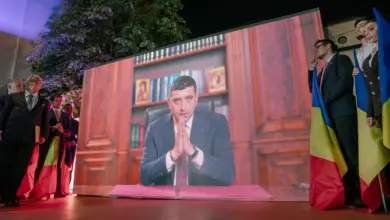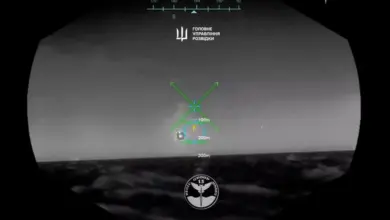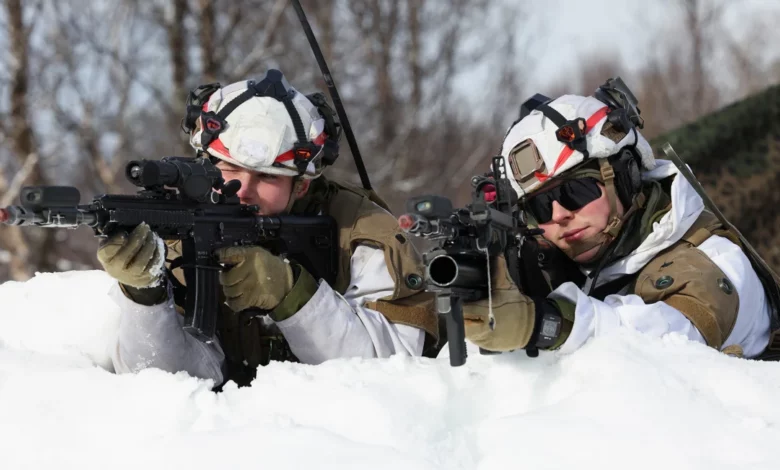
Before Russia launched its full-scale invasion of Ukraine, many, including Kyiv, were skeptical that a major war could return to Europe. More than two years on, another shift once unthinkable is underway on conscription.
Several European nations have reintroduced or expanded compulsory military service amid Moscow’s mounting threat, part of a range of policies aimed at boosting defenses that are likely to be scaled up even further.
“We are coming to the realization that we may have to adjust the way we mobilize for war and adjust the way we produce military equipment and we recruit and train personnel,” said Robert Hamilton, head of Eurasia research at the Foreign Policy Research Institute, who served as a US Army officer for 30 years.
“It is tragically true that here we are, in 2024, and we are grappling with the questions of how to mobilize millions of people to be thrown into a meatgrinder of a war potentially, but this is where Russia has put us,” he said.
The risks for a larger war in Europe have been rising after Russian President Vladimir Putin “finally resorted to open conflict” in Ukraine, pursuing his aim to “recreate the Soviet empire,” said Gen. Wesley Clark (Ret.), who served as NATO’s Supreme Allied Commander Europe.
“So we’ve now got a war in Europe that we never thought we would see again,” said Clark, who led NATO forces during the Kosovo War. “Whether this is a new Cold War or an emerging hot war is unclear,” he continued, but “it’s a very imminent warning to NATO that we’ve got to rebuild our defenses.”
Those efforts include conscription, he says.
Return of conscription underscores new reality
A number of European countries halted mandatory conscription after the end of the Cold War, but several nations – particularly in Scandinavia and the Baltics – have reintroduced it in recent years, largely because of the Russian threat. Failure to enlist can result in fines or even jail time in some countries.
Latvia is the latest to implement conscription. Compulsory military service was reintroduced on January 1 this year, after being abolished in 2006. Male citizens will be put up for the draft within 12 months of reaching the age of 18, or graduation for those still in the education system.
“At first there was a lot of pushback,” said Arturs Pīlācis, a 20-year-old student. He’s yet to go up for the draft but voluntarily went on a month-long military course.
But ultimately, “the need for a state defence service was clear,” he said. “There wasn’t really an option where we can stand by and think things will go on as they were before because of the unprovoked aggression in Ukraine.”

In April, Norway presented an ambitious long-term plan that will nearly double the country’s defense budget and add more than 20,000 conscripted soldiers, employees, and reservists to the armed forces.
“We need a defense that is fit for purpose in the emerging security environment,” Prime Minister Jonas Gahr Støre said.
Conscription in Norway is mandatory and in 2015 it became the first member of the NATO defensive alliance to conscript both men and women on equal terms.
Economics student Jens Bartnes, 26, completed his military training at the age of 19. “I am happy I did it, I learned a lot from that year that I wouldn’t learn otherwise – about myself, about my physical and mental limits and abilities I suppose, but also about teamwork. It’s a whole different way of life,” he said.
“I am willing to fight for my country if need be, because I believe in the values that the Norwegian society is built on and I believe those values of inclusion and equality and democracy are worth fighting for,” Bartnes added.
Max Henrik Arvidson, 25, was conscripted into the Norwegian military for one year between 2019 and 2020. Like Bartnes, he sees military service as an essential duty.
“I know the only way we can stand against more Russian aggression is by keep supplying Ukraine with weapons and aid, while standing strong together with NATO as a whole and the European Union.”
‘Big mental shift’
Debates about conscription have also been taking place in other European countries that currently don’t require it. In the UK, the Conservatives floated the idea of military service in their ill-fated election campaign.
But perhaps the most surprising transformation is underway in Germany, which since the end of World War II has had an aversion to militarization. In another first since the Cold War, Germany this year updated its plan should conflict erupt in Europe, and Defense Minister Boris Pistorius presented a proposal in June for a new voluntary military service. “We must be ready for war by 2029,” he said.
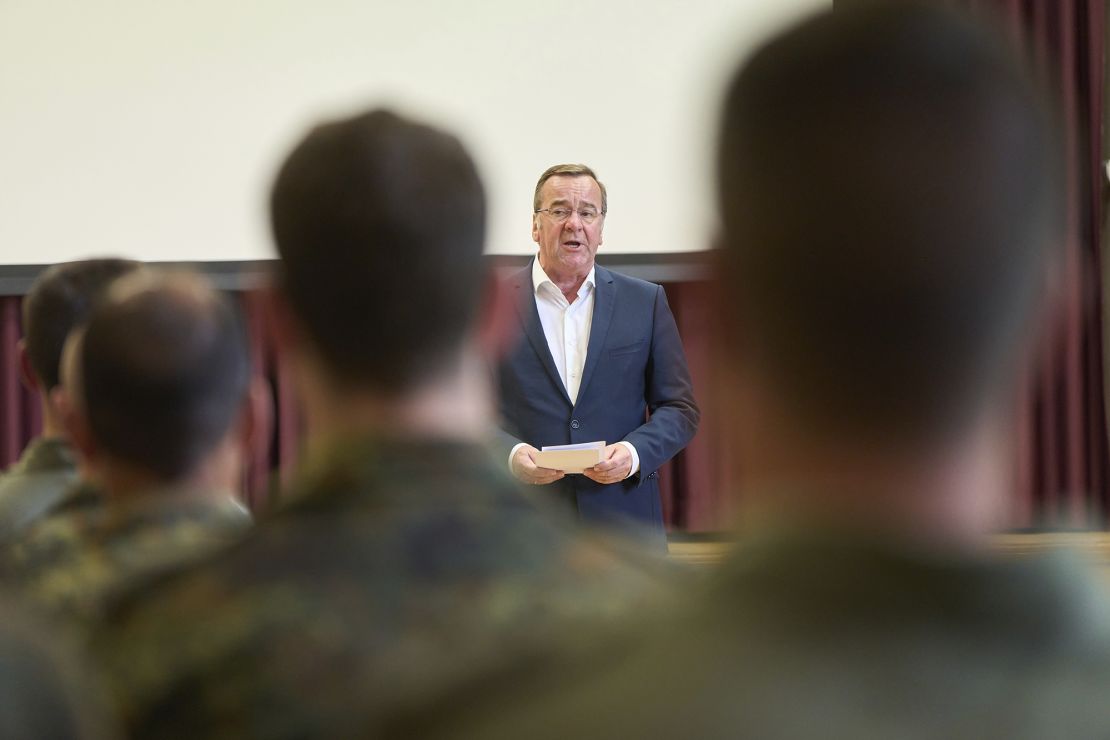
“We are seeing the debate now raging. And that’s the first step,” said Sean Monaghan, a visiting fellow in the Europe, Russia, and Eurasia Program at the Center for Strategic and International Studies. “This doesn’t happen overnight, it’s a big mental shift.”
Not everyone is ready to answer the call. In Lithuania, for instance, opinions about military service among students vary, said Paulius Vaitiekus, president of Lithuania’s National Students’ Union.
Since the country reintroduced compulsory military service in 2015 due to a “changed geopolitical situation,” about 3,500 to 4,000 Lithuanians between the ages of 18 and 26 are enlisted each year for a period of nine months.
Vaitiekus said students have launched initiatives to send supplies to the Ukrainian frontlines. There was “a shift in the mindset of the youth towards being more active, although not necessarily through conscripting,” he added.
With conscription remaining an unpopular topic in some countries, NATO is struggling to meet its new goal of having 300,000 personnel ready to be activated within one month and another half a million available within six months, Monaghan said.
“While NATO has stated it has already met that goal, the EU has said its members would struggle. NATO relies on American forces to meet its target. European allies need to find new ways to generate personnel. Something has to give here,” he said. Another problem is that that target would only allow NATO to fight a relatively short conflict of up to six months, Monaghan added.
Large strategic reserve force models
A possible solution is a more nimble, modern military.
One of NATO’s newest members, Finland, has the capacity to activate more than 900,000 reservists, with 280,000 military personnel being ready to respond immediately if needed. However, during peacetime, the Finnish Defence Forces employs only about 13,000 people, including civilian staff.
“Finland is a good example” as its reserve force can be integrated into a very small active force, said Hamilton, of the Foreign Policy Research Institute. Historically, he explained, Finland was “wedged” between NATO and the Soviet Union, aligned with neither, so needed to be able to defend itself alone.
Norway and Sweden, NATO’s newest member, have similar models, both maintaining significant numbers of reservists, though not as many as Finland.
Sweden, where conscription is now also gender-neutral, called up around 7,000 individuals in 2024. The number will rise to 8,000 in 2025, according to the Swedish Armed Forces.
Since the start of the war in Ukraine, “what we see is that both knowledge and the attitude have changed,” she said.
“Sweden has had conscription since 1901 so it’s really part of our culture in a way,” said Marinette Nyh Radebo, communications manager at the agency that helps test recruits and reports to the Ministry of Defense.
“When the conscription was activated again, in the beginning, we said that conscription is good for your CV, for applying for a new job for example,” Radebo said. “But today our communication is more like, this is a duty that you have to do for Sweden.”
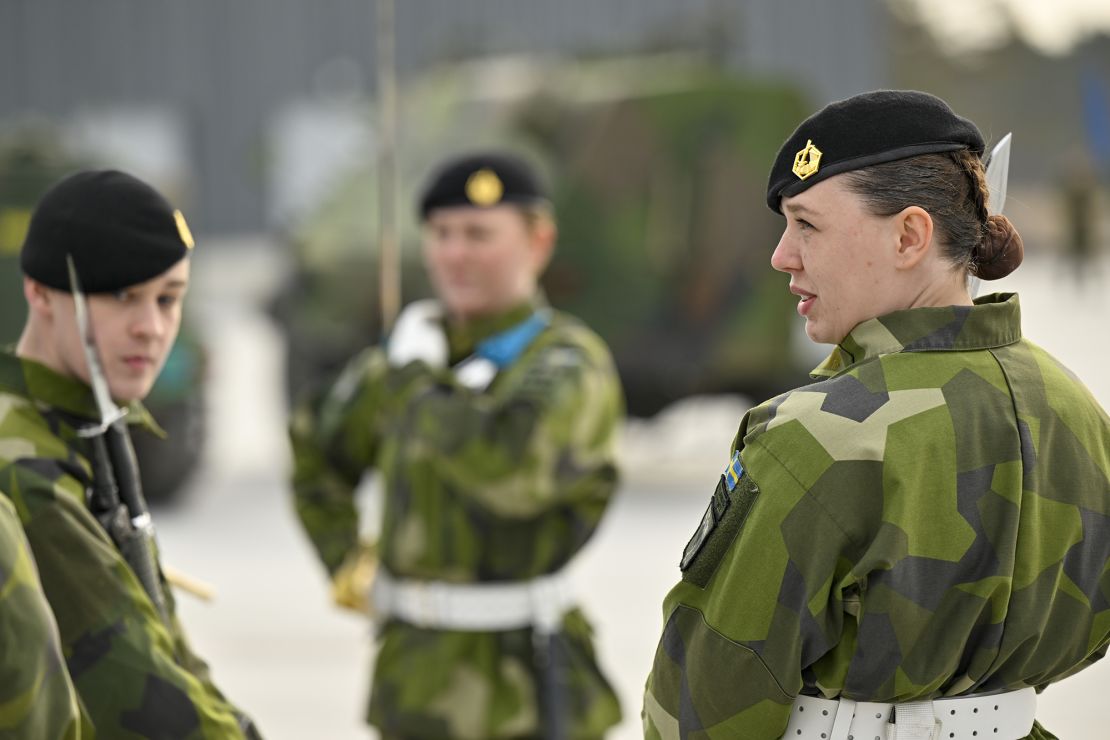
Is NATO ready for war?
The NATO alliance has been revising its strategy and boosting capabilities over the past decade in response to the growing threat from Moscow.
Russia’s full-scale assault on Ukraine in 2022, which followed its support for pro-Russian separatists in eastern Ukraine and illegal annexation of Crimea in 2014, inevitably prompted allies to reassess whether they were ready for war and strengthen their defenses.
“Since 2014, NATO has undergone the most significant transformation in our collective defense in a generation,” NATO spokesperson Farah Dakhlallah told CNN. “We have put in place the most comprehensive defense plans since the Cold War, with currently more than 500,000 troops at high readiness.”
But there are calls for allies to increase their capabilities further and faster.
While NATO allies “are definitely ready to fight tonight,” there is still a question of whether they are ready for a protracted war such as that in Ukraine, Monaghan said, pointing out there is still work to be done in a number of areas. Those include industrial capacity, defense spending and societal resilience – where the question of conscription would come in.
The way military personnel are recruited and trained is a decision for individual nations, Dakhlallah said, adding: “Around a third of NATO members have some form of compulsory military service.”
“Some allies are weighing up conscription. However as an alliance we do not prescribe mandatory military service,” Dakhlallah said. “The important thing is that allies continue to have capable armed forces to protect our territory and our populations.”
In addition to the fighting in Ukraine, Russia has also launched a hybrid war across Europe, experts say, involving attacks on infrastructure, cyberattacks, disinformation, sabotage, election interference and the weaponization of migration.
“That has only become more aggressive,” Monaghan said. “All of which is to say NATO allies face a very different geopolitical situation than they did over the last couple of decades.”
The situation could be further complicated by the US presidential election in November. Things will look very different if former President Donald Trump – who has said he would encourage Russia to do “whatever the hell they want” to any NATO country that doesn’t meet the bloc’s defense spending guidelines – returns to the White House.
“I think there is a very good understanding among the military leaders of NATO that they must cooperate, and there is a desire to do that,” Clark said.
This year saw World War II veterans gather for D-Day commemorations, some possibly for the last time. Their descendants may now have to take on the kind of responsibility that it was hoped would not be needed again.
“I think young people in Europe and the US will come to realize that this generation, like the generation that fought WWII, it didn’t ask to be the ‘Greatest Generation,’ but the circumstances thrust that burden on them,” Clark said.
“In democracies, we don’t like to prepare for war, we don’t want to think about these things,” he said. However, “I think people will respond to the circumstances that they see.”


